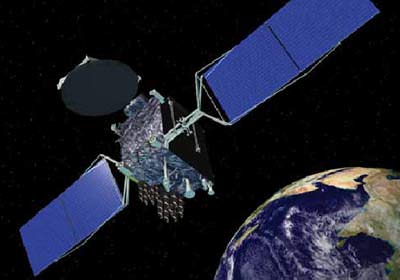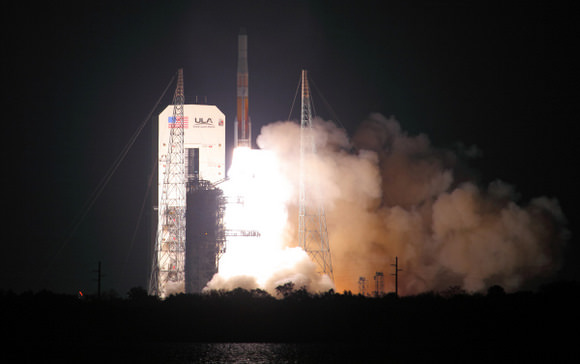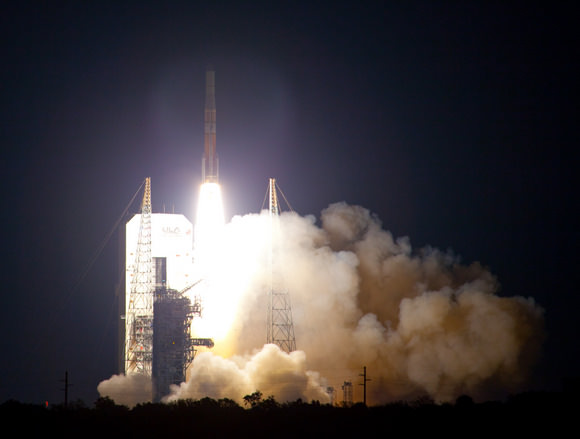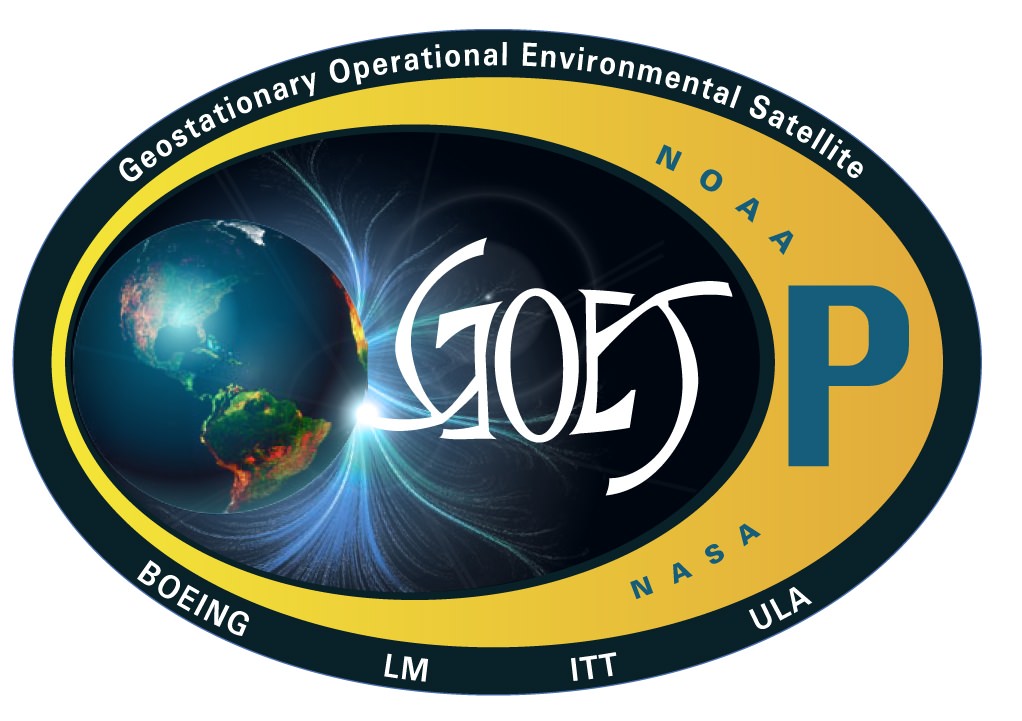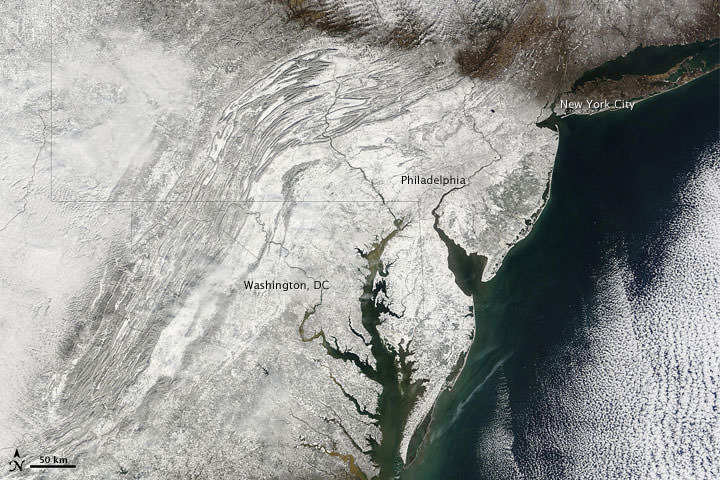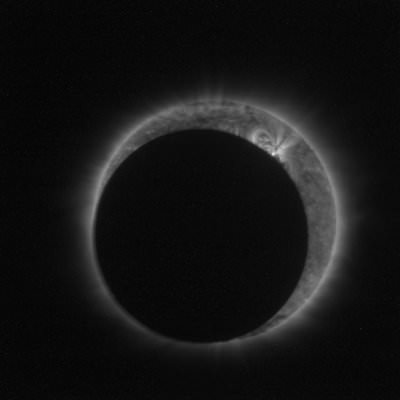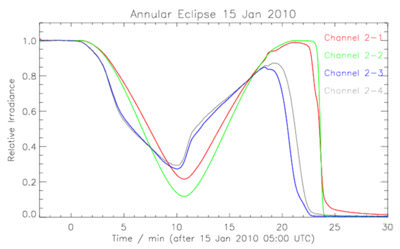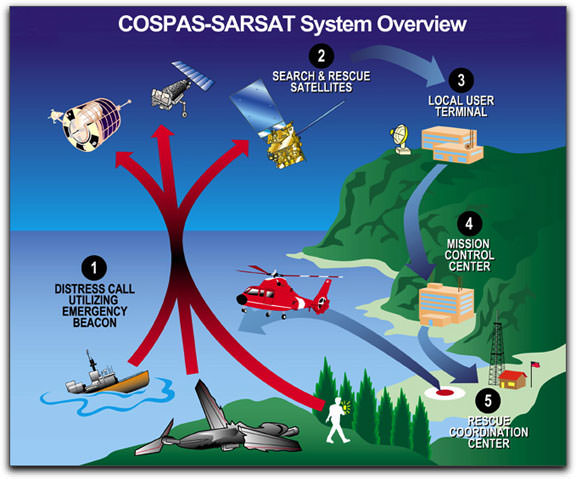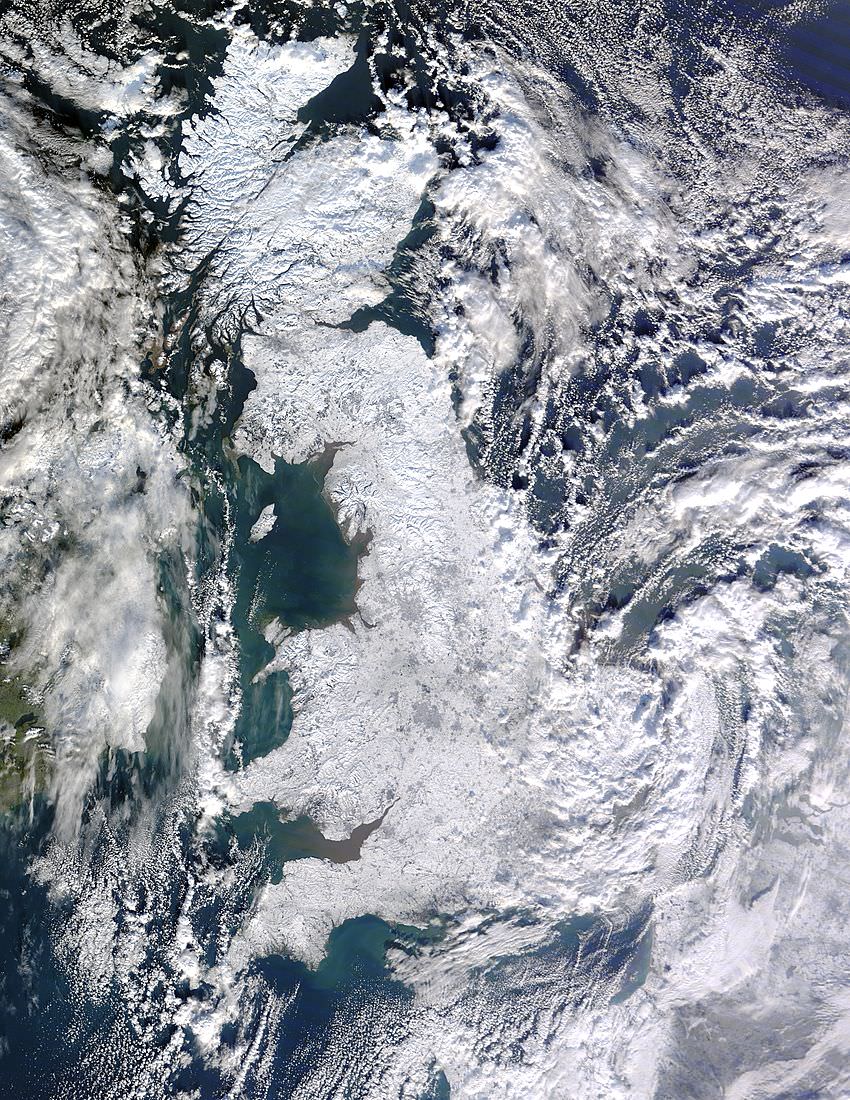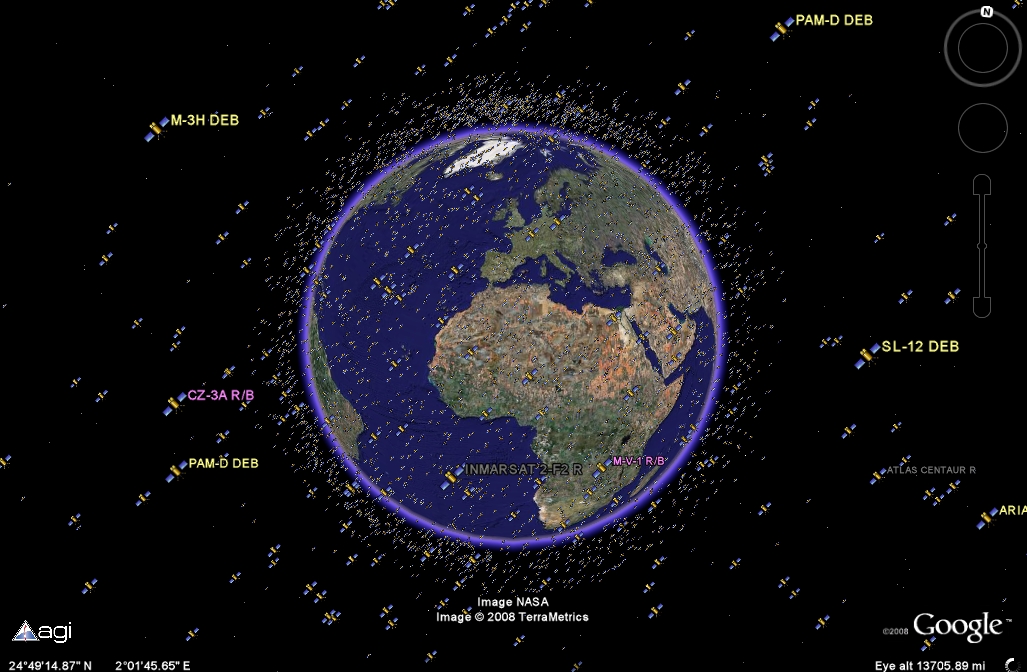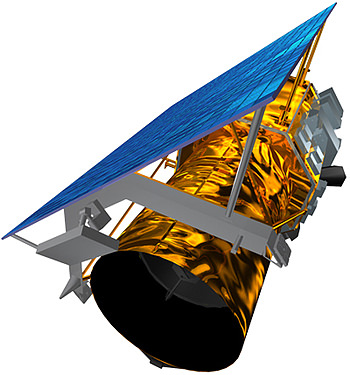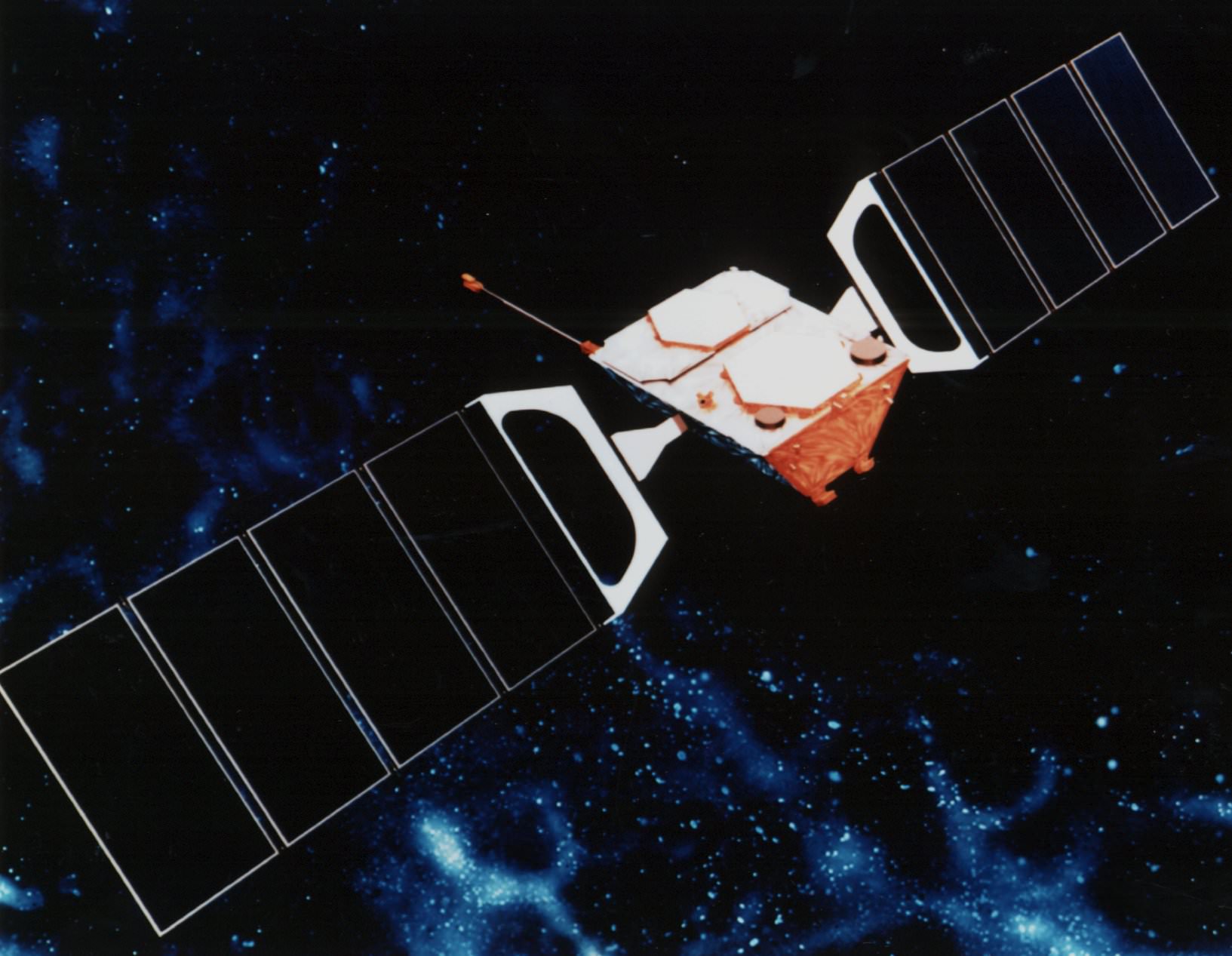[/caption]
A geostationary satellite that had its “brains fried” by a solar flare (love that description by our pal Ian O’Neill at Discovery Space) stopped communicating with ground controllers last month and remains out of control. While the Galaxy 15 communication satellite is still functional, its navigation and communications system are not. The instruments remain “on” but the satellite has drifted out of its assigned orbital slot and will soon be coming close to other satellites. While it likely won’t crash into other satellites, the rogue satellite can cause problems when it enters an orbital space occupied by other satellites by “stealing” their signal, thereby interrupting other vendor’s services to customers on Earth.
Space News reports that a satellite operating at full payload power that is no longer under control is unprecedented, and the company that operates the satellite, Intelsat, is seeking advice from other satellite operators and manufacturers.
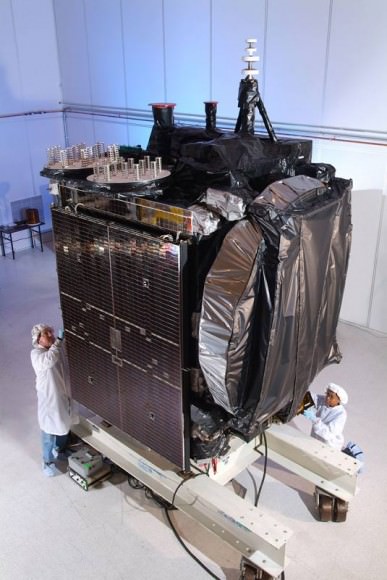
On May 3, Intelsat tried unsuccessfully to shut down the electronics payload so that it wouldn’t interfere with any other satellites. Earlier, Intelsat tried a fruitless effort of sending between 150,000 and 200,000 commands to the satellite to coax it back into service, and then on Monday tried to force the satellite to shut down its transponders, and ultimately the satellite’s payload.
Galaxy 15, which normally operates at 133 degrees west longitude 36,000 kilometers over the equator, is now closing in on the geostationary orbital slot just two degrees away occupied by another satellite using the same bandwidth (C-band) the AMC-11 spacecraft operated by SES World Skies. With its active payload, Galaxy 15 could cause potentially severe interference with the SES satellite during a two-week period starting around May 23, according to Space News.
Galaxy 15 relays Global Positioning System (GPS) navigation information to in-flight aircraft.
The various satellite companies are working together to figure out how to deal with the problem. Check out Space News for more information.

